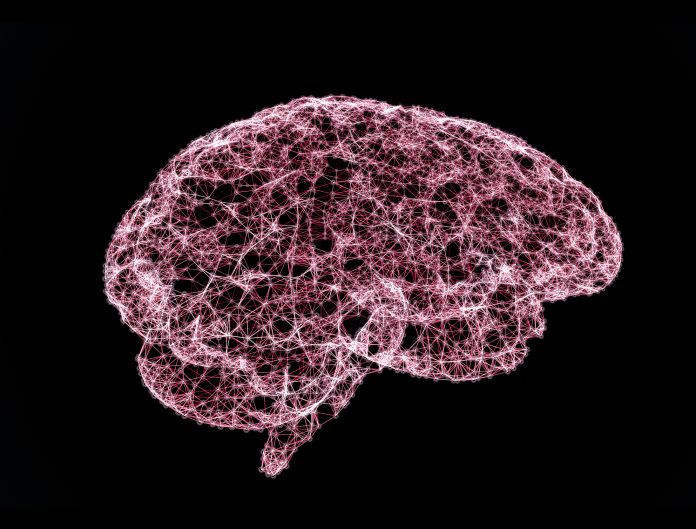Researchers from Yale University have uncovered a fundamental aspect of how the human brain wires itself during early development, long before sensory experiences influence its structure
Led by Michael Crair, the study delved into the intricate mechanisms that govern the formation of neural circuits in the brain.
Their findings challenge the conventional wisdom that brain wiring is solely shaped by external stimuli post-birth. Instead, they discovered that even in the womb or in early stages when sensory inputs are minimal, spontaneous neuronal activity plays a crucial role.
The process of brain wiring
The research focused on retinal ganglion cells in neonatal mice, a model system that mirrors human brain development in many ways. Using advanced microscopy techniques and fluorescent markers, the team observed how these cells’ axons, which transmit signals to the brain, responded to spontaneous waves of cellular activity.
The study found that when a retinal ganglion cell’s activity synchronised with spontaneous waves from surrounding cells, its axons developed new branches, facilitating more connections within the brain’s circuitry.
This phenomenon aligns with “Hebb’s rule,” a concept proposed in psychology by Donald Hebb in 1949, which suggests that cells that fire together, wire together.
In the context of early brain development, this means that synchronised neuronal activity strengthens connections between cells, laying the foundation for future learning and cognitive abilities.
Future brain research
The researchers identified specific patterns where axon branching was most likely to occur, underscoring the precision with which neural circuits are formed during this critical developmental window.
The study opens new avenues for research into other neural circuits, such as those in the spinal cord, hippocampus, and cochlea, where spontaneous activity also plays a crucial role. While the exact patterns of activity may differ across these circuits, the underlying principles of neuronal wiring likely remain consistent.
Looking ahead, Crair and Liang’s labs aim to investigate how these early patterns of axon branching persist as sensory experiences begin to shape the brain after birth. They plan to explore what happens to these newly formed connections once the mice’s eyes open and they begin interacting with the world around them.
Supported in part by the Kavli Institute of Neuroscience at Yale School of Medicine, this study marks a significant step forward in our understanding of brain development. By unraveling the complex interplay between spontaneous neural activity and structural wiring, researchers move closer to deciphering one of neuroscience’s most enduring mysteries: how the human brain builds itself from the ground up.











